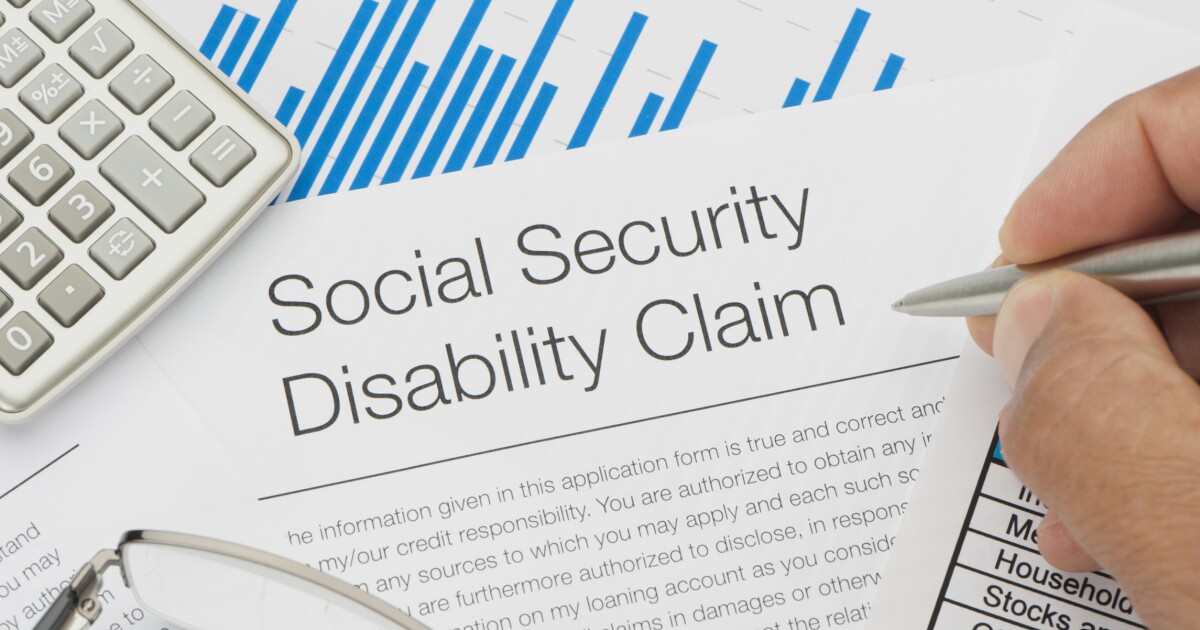

Recipients of the Social Security Administration’s Supplemental Security Income program must wait one more week to receive their second payment this month, worth up to $914 for individual filers, due to a scheduling kink in the SSA’s calendar.
The payment will go out on Friday, June 30, and will be the second of two checks for the month of June, taking the place of July’s payment. The first payment of the month was sent on June 1.
GAS PRICES TODAY: WHERE TO FIND THE CHEAPEST FUEL ACROSS THE COUNTRY
Recipients generally receive one payment each month, but June’s double payment is because of a small quirk in the Social Security Administration’s schedule that gives recipients two checks in months where the first of the following month falls on a weekend. The second payment for June is taking the place of July’s payment because July 1 is on a Saturday this year.
The adjusted schedule ensures that beneficiaries still receive 12 checks per year, even though they receive two checks in some months, and none in others. There are four months in which two payments will be delivered in the same month this year: March, June, September, and December. This is because the first of the month falls on a weekend in April, July, and October this year, and Jan. 1 is always a holiday.
There is some variation in the amount of money that beneficiaries receive, depending on whether they file individually, jointly, or as an essential person. Recipients who file individually receive a maximum of $914 every month, eligible couples receive up to $1,371, and essential persons, those who live with people receiving SSI payments and provide them with necessary care, get a monthly payment of $458, according to the SSA.
SSI payments are given in addition to regular Social Security benefits that go out to retirees. The SSI program provides monthly payments to adults and children with blindness or another disability and limited income.
CLICK HERE TO READ MORE FROM THE WASHINGTON EXAMINER
To qualify for SSI, a person has to be over 65, be at least partially blind, or have a “physical or mental condition(s) that very seriously limits their daily activities for a period of 12 months or more or may be expected to result in death.”
SSI payments were first issued by the SSA in January 1974, and payment rates have increased for cost-of-living adjustments since 1975, according to the agency.





